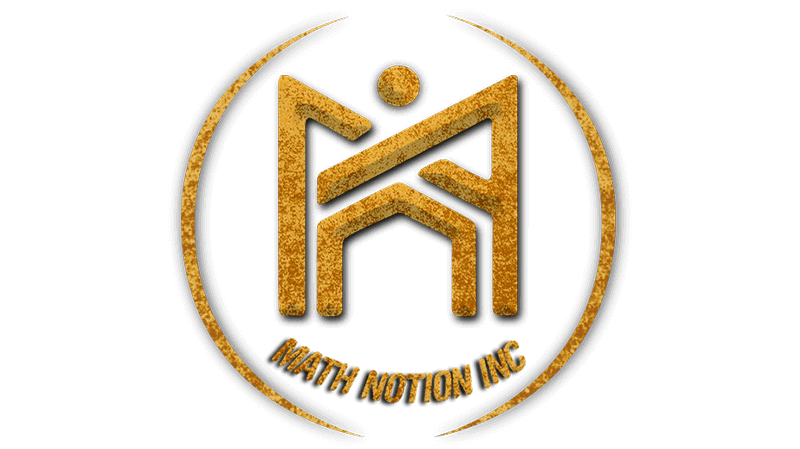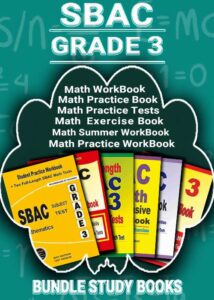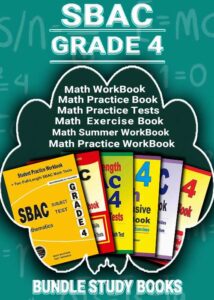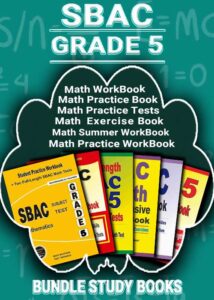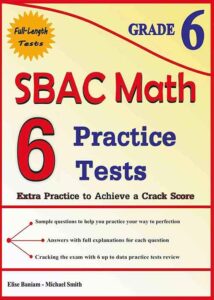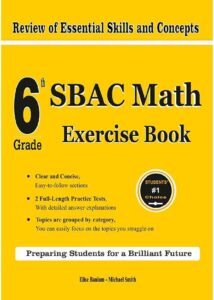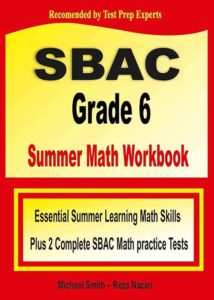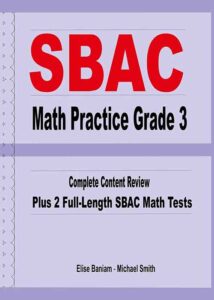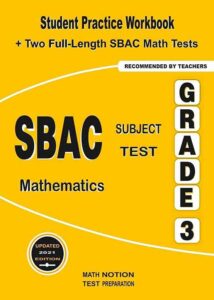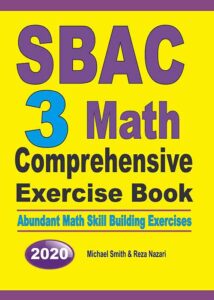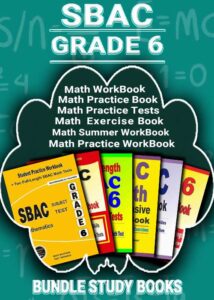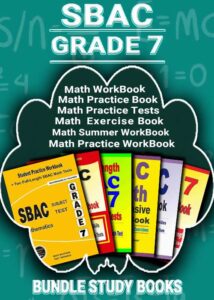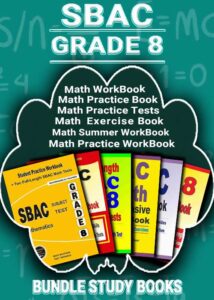
Introduction to the Smarter Balanced Assessment Consortium (SBAC)
Comprehensive Guide to Acing the Smarter Balanced Assessment Consortium (SBAC) Test
Introduction
The Smarter Balanced Assessment Consortium (SBAC) test is a crucial evaluation tool, measuring student proficiency in Mathematics and English Language Arts. Established in 2015 across 16 states, including California, the SBAC aligns with the Common Core Standards. This guide provides an in-depth look at how to excel in the SBAC tests for students in grades 3-11. Understanding the test format, preparing effectively, and utilizing resources like the official SBAC website are key to success.
Understanding the SBAC Test
The SBAC test, offered in several member states, is tailored to each state’s requirements, varying slightly in format. It assesses students’ abilities in Math and English Language Arts, adapting the level of difficulty according to the grade. The test is divided into two main categories: the Optional Periodic Test and the Summative Assessment. Administered by individual schools and teachers, the SBAC test process varies, ensuring a unique assessment experience for each student. The periodic tests occur throughout the year, while the summative tests are annual events. High-scoring students in grades 3-8 may qualify for accelerated programs, and grade 11 students must achieve a level 3 or higher to graduate.
Test Structure and Content
The SBAC test comprises two sections: a Performance Task and a Computer Adaptive Test (CAT). In Math, the Performance Task involves solving real-world, multi-step problems, typically lasting about two hours. The Math CAT covers a broad range of topics. For English Language Arts, students must write essays of various styles in the Performance Task section, also lasting around two hours. The English Language Arts CAT includes diverse question formats, such as multiple-choice, true/false, and short text responses.
Effective Preparation Strategies
- Positive Attitude Towards Math: Overcoming negative perceptions about Math is crucial. View it as an opportunity for intellectual growth rather than a burden.
- Conceptual Clarity: Start with basic concepts and gradually progress to advanced topics. Skipping foundational knowledge can hinder understanding and waste time.
- Consistent Practice: Regular practice is key. Begin with shorter study sessions and incrementally increase duration. Use past SBAC questions for targeted practice.
- Personalized Learning Methods: Find the study method that suits you best. Create a conducive study environment, maintain a healthy lifestyle, and practice regular exercise.
- Weakness Identification and Management: Recognize areas needing improvement and focus on them. Time management skills are also crucial for test-taking success.
Further Resources For more detailed information on the SBAC test, including state-specific formats and additional preparation tips, visit our dedicated pages on the website. This comprehensive resource will equip students, parents, and educators with the necessary tools and knowledge to excel in the SBAC assessments.
Addressing Common Concerns and Questions about the SBAC Test
FAQ Section
Q1: Who is required to take the SBAC test? A1: The SBAC test is generally required for students in grades 3-11 in states that have adopted the Common Core Standards. It is essential for assessing students’ proficiency in Mathematics and English Language Arts.
Q2: How does the SBAC test differ from other standardized tests? A2: The SBAC test is unique in its adaptive nature, especially in the Computer Adaptive Test (CAT) section. The difficulty of questions adjusts based on the student’s responses, providing a more personalized assessment. It also focuses heavily on real-world applications and critical thinking skills, aligning with Common Core Standards.
Q3: Can students with disabilities take the SBAC test? A3: Yes, accommodations are available for students with disabilities to ensure fair and equal assessment opportunities. These accommodations are decided and implemented by each individual school and state.
Q4: How long does the SBAC test take to complete? A4: The duration of the SBAC test varies by grade level and section. Typically, each section (Math and English Language Arts) takes about 2 hours to complete. However, this can vary depending on the student’s pace.
Q5: What happens if a student does not perform well on the SBAC test? A5: The SBAC test is primarily a tool for measuring student progress and identifying areas for improvement. Poor performance can indicate where additional support or focus is needed. In some states, high school students must reach a certain level on the SBAC test to graduate, so repeated testing or alternative assessments might be necessary.
Q6: How can parents and teachers help students prepare for the SBAC test? A6: Parents and teachers can help by providing a supportive learning environment, encouraging regular practice, and utilizing resources like practice tests and educational materials. It’s also important to address test anxiety and ensure that students have a positive attitude towards testing.
Q7: Are there any practice resources available for the SBAC test? A7: Yes, there are numerous practice resources available, including sample questions and practice tests on the official SBAC website. These resources are invaluable for familiarizing students with the test format and types of questions they will encounter.
Q8: How is the SBAC test scored, and when are results available? A8: The SBAC test scores are typically available a few months after testing. They are scored on a scale, and each state may have different benchmarks for proficiency levels. The scores are meant to provide insight into a student’s strengths and areas needing improvement.
Q9: Does the SBAC test impact college admissions? A9: While the SBAC test is primarily for K-12 education assessment, some colleges and universities may consider these scores as part of their holistic review process. However, it is more commonly used for high school graduation requirements and educational planning.
Q10: Can students retake the SBAC test? A10: Policies on retaking the SBAC test vary by state and school district. In general, the summative assessments are given annually, so students may have the opportunity to retake them the following year.
With these questions addressed, students, parents, and educators can approach the SBAC test with more confidence and understanding. The goal is not only to perform well but to gain valuable insights into educational progress and areas for development.
